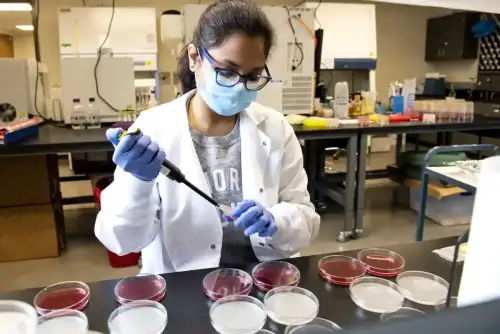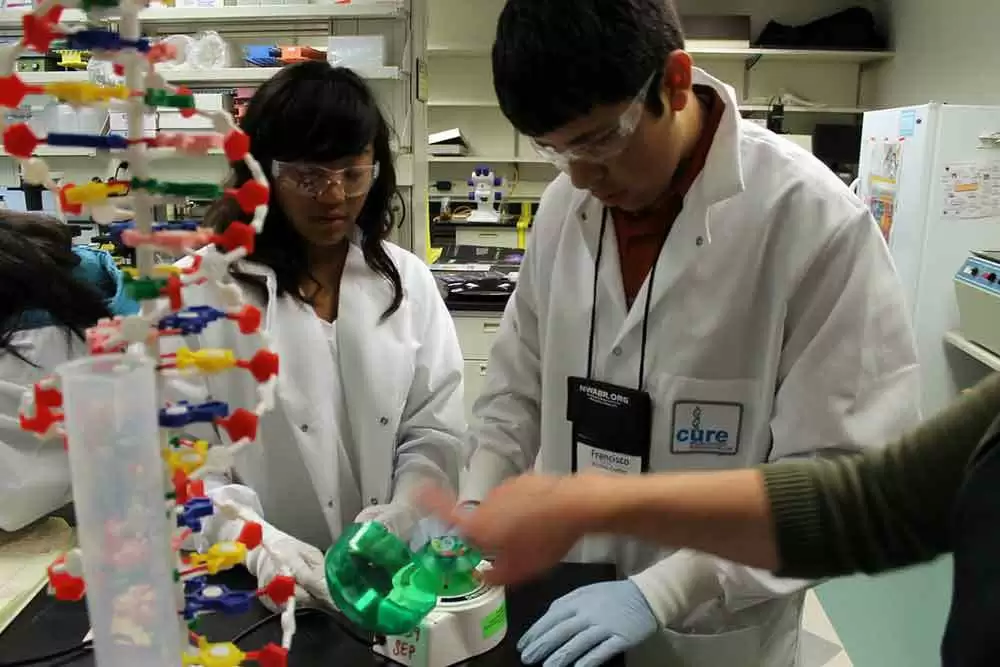
Celiac.com 09/18/2024 - Gluten is a protein found in several common grains like wheat, barley, and rye. When these grains are processed, gluten forms a sticky, elastic structure that helps food maintain its shape. However, for some people, consuming gluten can trigger a serious immune response. This reaction, particularly affecting the small intestine, is known as celiac disease. Celiac disease causes the lining of the small intestine to become damaged, making it difficult for the body to absorb essential nutrients. This can lead to a variety of health issues, including diarrhea, anemia, fatigue, and stunted growth in children. Currently, the only way to manage celiac disease is to follow a strict, lifelong gluten-free diet. Even tiny amounts of gluten can cause harm to individuals with celiac disease, making accurate detection of gluten in food products essential for their health.
The Role of ELISA in Detecting Gluten
To ensure that foods labeled as "gluten-free" truly meet the necessary standards, specialized testing methods are used. One of the most common methods for detecting gluten in food is the enzyme-linked immunosorbent assay, often abbreviated as ELISA. This method is favored because it is sensitive and capable of detecting very low levels of gluten. ELISA works by using antibodies that specifically bind to gluten proteins. When these antibodies latch onto gluten in a food sample, a chemical reaction occurs that can be measured to determine the amount of gluten present.
Celiac.com Sponsor (A12):
However, not all ELISA tests are the same. Different kits may use different antibodies or chemicals, and as a result, the accuracy of gluten detection can vary. This study was designed to evaluate the effectiveness of three different types of ELISA kits in detecting gluten in various food products. The goal was to determine whether these kits could reliably identify gluten at levels that would be harmful to someone with celiac disease.
Analyzing Gluten in Food Products
The study involved testing a variety of food items, including bread, noodles, snacks, and powdered foods. These products were chosen because they either naturally contain gluten or could potentially be contaminated with gluten during manufacturing. The researchers used three different ELISA test kits, each with its own method for detecting gluten, to analyze these food samples. By comparing the results from these different kits, the researchers hoped to see if the tests provided consistent and accurate measurements of gluten content.
In the first stage of testing, the researchers focused on gluten-free foods. These products are supposed to contain less than 20 milligrams of gluten per kilogram, according to international standards. The ELISA tests generally showed gluten levels below the limit of detection, which means that these products were safe for individuals with celiac disease. However, there were instances where the kits detected small amounts of gluten, which could suggest cross-contamination during the manufacturing process.
The study then moved on to test products that are known to contain gluten, such as bread and noodles. Here, the ELISA tests found significant amounts of gluten, as expected. However, the results varied depending on the test kit used. For example, one test might detect higher levels of gluten in a product than another. This variability suggests that different ELISA kits may not always agree on the amount of gluten in a given food, which could be problematic when trying to ensure the safety of gluten-free products.
Challenges in Accurate Gluten Detection
One of the key findings of this study is that different ELISA test kits can produce different results when testing the same food product. This inconsistency can be attributed to several factors. First, the specific antibodies used in each kit might have varying degrees of sensitivity to gluten. Some antibodies might be better at detecting certain gluten proteins but less effective with others. Second, the method of extracting gluten from food samples can affect the results. If the extraction process is not thorough, the test might miss some of the gluten present in the food, leading to a lower reading.
Another challenge is the complexity of food matrices, which refers to the combination of ingredients in a food product. Certain ingredients can interfere with the ELISA test, making it harder to detect gluten accurately. For instance, foods that contain a lot of fat, fiber, or polyphenols might prevent the antibodies from binding to gluten as effectively. This can result in underestimating the gluten content, potentially putting consumers with celiac disease at risk.
Implications for People with Celiac Disease
For individuals with celiac disease, the findings of this study are particularly important. The variability in gluten detection between different ELISA test kits means that relying on just one test may not be sufficient to guarantee the safety of gluten-free products. Manufacturers and regulators might need to use multiple test kits to ensure that gluten levels are accurately measured. This is crucial because even trace amounts of gluten can cause significant harm to those with celiac disease.
In conclusion, while ELISA tests are valuable tools for detecting gluten, this study highlights the need for more reliable and consistent methods. By improving the accuracy of gluten detection, we can better protect people with celiac disease, allowing them to confidently consume products labeled as gluten-free without fear of contamination.
Read more at: mdpi.com







Recommended Comments
There are no comments to display.
Create an account or sign in to comment
You need to be a member in order to leave a comment
Create an account
Sign up for a new account in our community. It's easy!
Register a new accountSign in
Already have an account? Sign in here.
Sign In Now